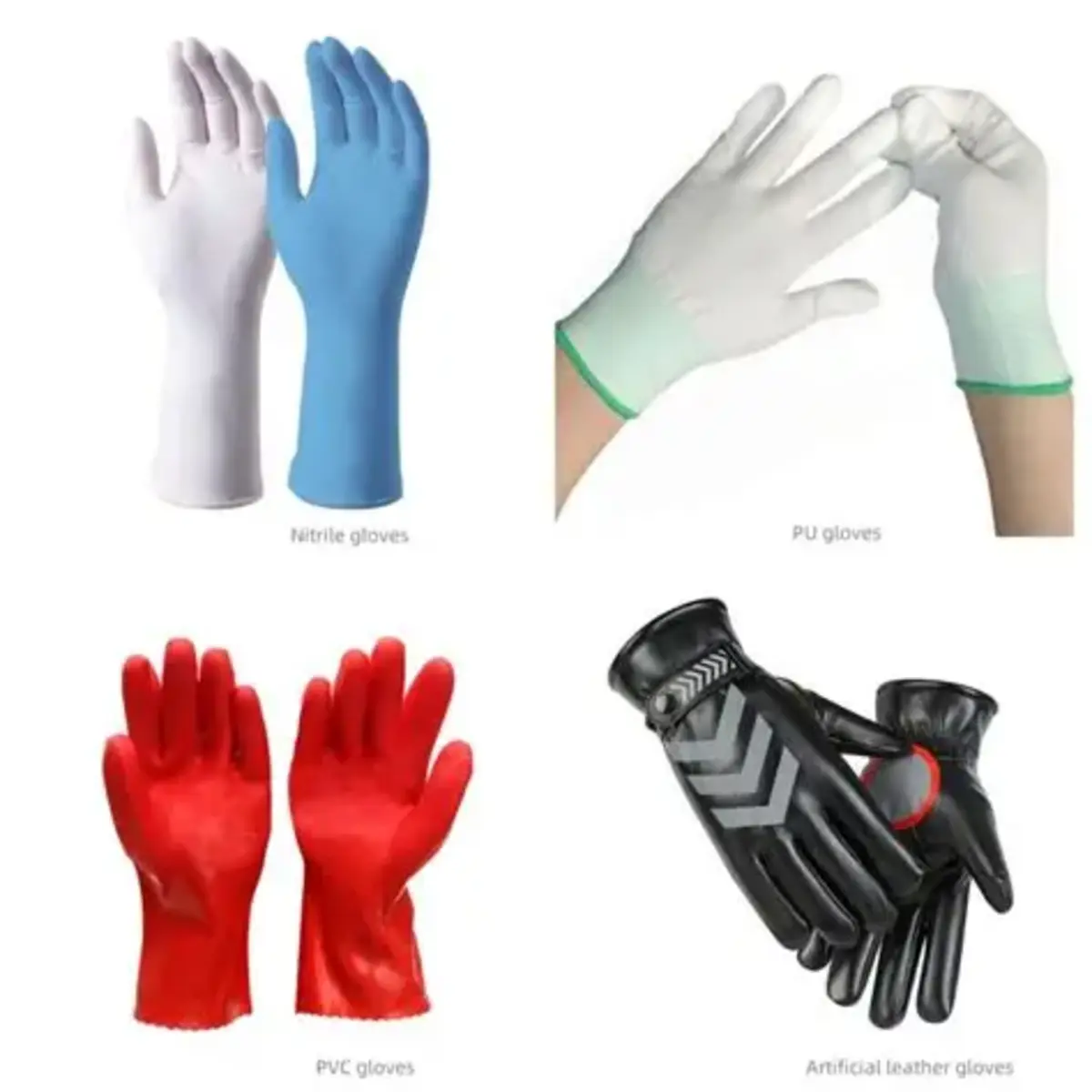Medical gloves are more than a basic barrier—they’re frontline protection for both healthcare professionals and patients. In hospitals, clinics, and laboratories, the choice of glove material directly impacts infection control, user comfort, and operational efficiency. With ongoing advancements in polymer science, understanding the properties of each material helps facilities make smarter, safer purchasing decisions.
The Core Types of Medical Glove Materials
Today’s medical gloves are primarily made from three material families: latex, nitrile, and vinyl. Each offers distinct advantages and trade-offs in performance, protection, and cost.
1. Natural Rubber Latex Gloves: The Original Gold Standard
Overview:
Natural rubber latex gloves have long been the benchmark for fit, flexibility, and tactile sensitivity. Made from the sap of the Hevea brasiliensis tree, latex provides excellent elasticity and a snug fit that allows fine motor control—essential in surgical and dental applications.
Advantages:
- Exceptional comfort and dexterity
- High tensile strength and puncture resistance
- Biodegradable and environmentally friendly
Considerations:
Latex gloves, however, come with a well-known drawback: latex allergy. Proteins present in natural rubber can cause allergic reactions in some users and patients, ranging from mild irritation to severe anaphylaxis. This has driven many healthcare institutions to seek alternative materials.
Ideal Use Cases:
Surgical suites (when allergies are not a concern)
Procedures requiring high precision and sensitivity
2. Nitrile Gloves: The Industry’s Preferred Alternative
Overview:
Nitrile gloves have rapidly become the preferred choice for many hospitals and industrial users. Made from synthetic rubber (nitrile butadiene), they deliver robust protection without the risk of latex allergy. Modern manufacturing techniques have significantly improved their comfort and flexibility, narrowing the tactile gap between nitrile and latex.
Advantages:
- Superior puncture and chemical resistance
- Latex-free composition suitable for all users
- Excellent durability for extended wear
- Increasingly soft and flexible due to new formulations
Considerations:
Historically, nitrile gloves were more expensive, but as production has scaled and technology advanced, pricing has become competitive. They are also less biodegradable than latex, although eco-friendly formulations are emerging.
Ideal Use Cases:
General medical examinations
Laboratory and diagnostic work
Emergency and surgical procedures requiring strong barrier protection
3. Vinyl Gloves: The Cost-Effective Option
Overview:
Vinyl gloves, made from polyvinyl chloride (PVC) and plasticizers, are valued for their affordability and ease of use in low-risk settings. While not as elastic or durable as latex or nitrile, they provide adequate protection for short, non-invasive procedures.
Advantages:
Economical for high-volume use
Latex-free and hypoallergenic
Smooth surface suitable for food handling or light cleaning tasks
Considerations:
Vinyl gloves have limited chemical and puncture resistance, and their looser fit can reduce tactile sensitivity. They are best reserved for low-risk applications where high-level protection isn’t required.
Ideal Use Cases:
- Non-sterile examinations
- Patient care and hygiene assistance
- Housekeeping and support roles in healthcare settings
- Emerging Materials and Hybrid Innovations
The glove industry continues to innovate. Thermoplastic elastomer (TPE) gloves and hybrid nitrile-vinyl blends are gaining traction as manufacturers pursue better performance and sustainability. These newer materials aim to balance protection, comfort, and environmental responsibility—critical goals as hospitals look to reduce waste and carbon impact.
Selecting the Right Medical Glove for Your Facility
Choosing the right glove isn’t only about compliance; it’s about matching material performance with clinical need. Decision-makers should consider:
Barrier protection: Assess risk level and required resistance.
- User safety: Factor in allergy management and skin sensitivity.
- Comfort and dexterity: Match glove flexibility to task precision.
- Environmental impact: Explore biodegradable or recyclable options.
- Cost efficiency: Balance protection with budget realities.
Many leading suppliers now offer full ranges of latex, nitrile, and vinyl medical gloves, allowing hospitals to standardize quality while tailoring selections across departments.
Conclusion: Material Choice Defines Performance
The evolution of medical glove materials reflects the healthcare industry’s ongoing commitment to safety, innovation, and user comfort. Whether choosing traditional latex for surgical precision, nitrile for all-purpose resilience, or vinyl for economy, understanding the strengths and limitations of each material ensures the right protection for every task.
As the demand for reliable, sustainable, and allergy-safe medical gloves grows, selecting the right material is no longer just a purchasing decision—it’s a key element of patient and practitioner safety.
Post by: pabrik sarung tangan – mitrasaruta
